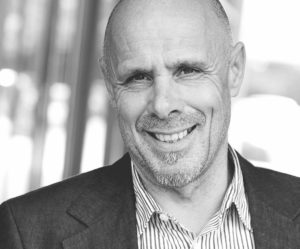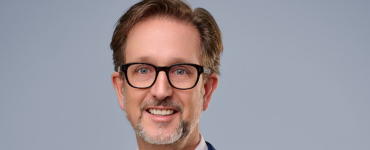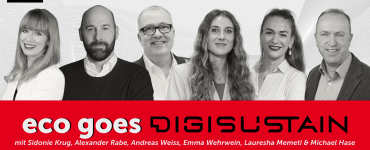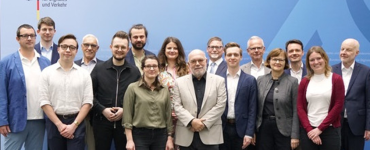The motto of the German 2020 Digital Summit was “More Sustainability by Means of Digitalisation”. A large chunk of the agenda was taken up by the topic of GAIA-X. Harald A. Summa in interview on the initiative’s prospects and whether digital infrastructures can contribute to a more sustainable life and economy.
Mr. Summa, at the Digital Summit a year ago, GAIA-X was introduced as a European project for digital infrastructures and digital sovereignty. What has happened since then?
For me personally, GAIA-X has been the major topic of the last few months; it’s present every day and I don’t see this quickly drawing to a close. This is sometimes strenuous, but above all it shows that we’re working with the project at the right time and the right place.
The support and momentum are immense and GAIA-X is being spurred on by a very wide range of different stakeholders. This leads to a complex dynamic which we rarely get to experience: We’re as agile and dynamic as a start-up in the back-kitchen – while also being as weighty as an official multinational project.
In these climate crisis times, we’re witnessing a heightened awareness of business responsibility, especially for the digital economy. What role does GAIA-X play in these times?
The digital economy and the digital infrastructure do have an impact here, and anyone who wants to influence this must bring a certain weight to bear. In recent months GAIA-X has gained considerable momentum. By now, 164 companies and associations from 16 countries, including eco, have joined the 22 founding members, one of whom is DE-CIX. Included among these are the big hyperscalers as well as many start-ups and SMEs.
The virtual GAIA-X Summit had 5,400 participants from all over the world. After everything I’ve learned in the digital economy over the past 25 years, this large and multi-layered interest is a pretty good indicator that GAIA-X has headed into a steep growth curve. GAIA-X has what it takes to leave an impact. When it comes to green IT and sustainability, as always it depends on what we make of it. Here I see direct and indirect potential.
What is the direct potential?
Operating digital infrastructure consumes electricity – there’s no question about that. But where we have room for manoeuvre, the key factor is efficiency. When it comes to efficiency, there’s a clear trend. The larger the digital infrastructure, the more efficiently it can be operated and the greater the net benefit in terms of percentage savings.
At DE-CIX we have many years of practical experience in this regard. This is something that we’re bringing to bear on GAIA-X. Companies which connect to GAIA-X or use services based on GAIA-X can become more efficient in different fields, with their power consumption certainly being one of these fields.
And the indirect potential?
It’s no longer so much a question of the foundation on which companies work, but what they do with that foundation. In recent years, the digital economy has itself produced many innovations, but it’s also an enabler for other sectors. The most recent example is the success in the fight against the Covid-19 pandemic – here I’m thinking for example of the historically sensational development of vaccines. If we had had to fight the virus with the IT of 20 years ago, the situation would certainly look more dire.
My view is similar when it comes to the climate crisis. Yes, our digital infrastructure consumes resources. But it’s also in itself a resource without which we wouldn’t be able to tackle our problems. From GAIA-X and the secure, transparent and agile networking it offers, I expect that this important resource will once again significantly expand our current possibilities.




